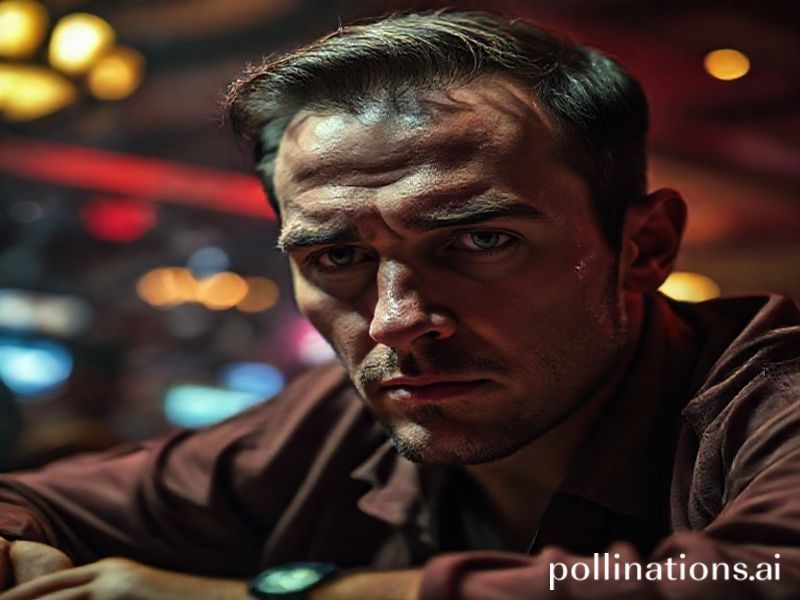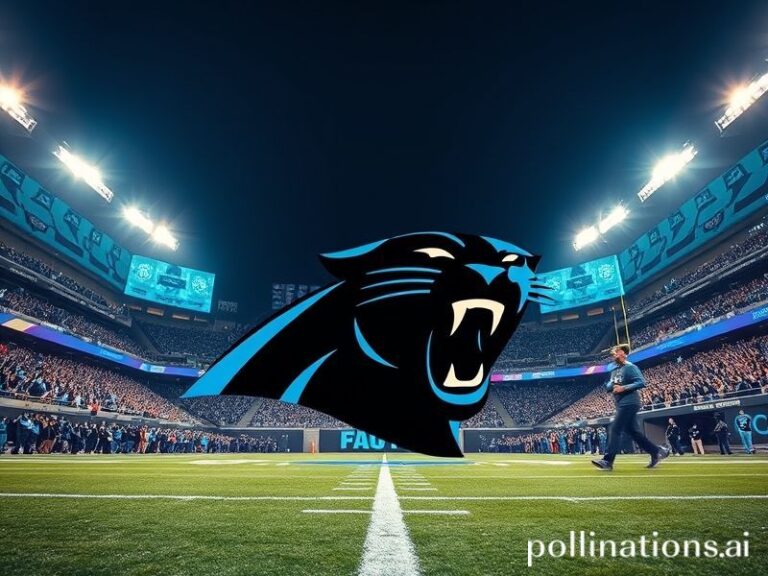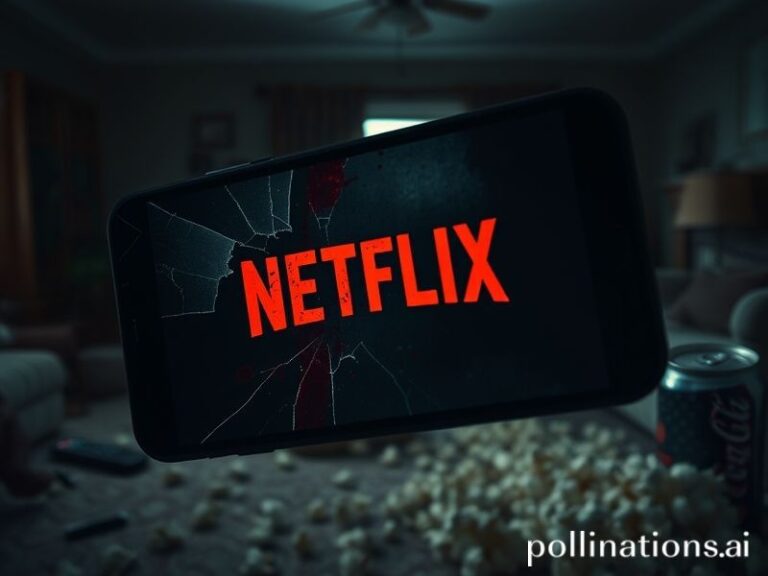Poker Face: The Global Phenomenon That’s Got Us All Bluffing
**Poker Face: The Global Phenomenon That’s Got Us All Bluffing**
In the vast, chaotic poker table of internet culture, one phrase has been dealt a royal flush: “poker face.” From TikTok dances to global meme sensations, this term has transcended its card-playing origins to become a universal symbol of stoicism, sarcasm, and sheer absurdity. But why is the world suddenly obsessed with maintaining a poker face? Let’s shuffle through the cultural deck and find out.
**The Origin Story: From Poker Tables to Pop Culture**
The term “poker face” has its roots in the world of poker, where maintaining an unreadable expression is crucial to hiding one’s hand and bluffing opponents. However, the phrase’s recent resurgence can be traced back to Lady Gaga’s 2008 hit single “Poker Face,” which catapulted the term into the mainstream. Fast forward to 2023, and the phrase has evolved into a versatile internet culture staple, thanks to platforms like TikTok and the global meme ecosystem.
**TikTok: The Poker Face Revolution**
TikTok has played a significant role in the global “poker face” trend, with the #pokerface hashtag amassing billions of views. The platform’s users have embraced the challenge of maintaining a deadpan expression while performing outrageous dances, reacting to absurd situations, or simply expressing their inner monotone. The trend has spawned countless creative variations, from the “poker face girl” challenge to the “poker face dance” craze, proving that the internet’s collective sense of humor is as unreadable as a seasoned poker player’s expression.
**Cultural Context: A Universal Language of Sarcasm**
The “poker face” trend’s global appeal lies in its ability to transcend cultural and linguistic barriers. In a world where communication is increasingly digital and often devoid of tone, the poker face has become a universal symbol of sarcasm, irony, and deadpan humor. It’s a visual shorthand for “I’m not impressed,” “I’m not buying what you’re selling,” or simply “I’m too cool to react.”
Moreover, the poker face trend has found resonance in various cultures, each adding its unique flavor to the meme. In Japan, the “poker face” has been linked to the concept of “tsundere,” a personality trait characterized by initial coldness or apathy that gives way to a warmer, more affectionate side. In South Korea, the trend has been embraced as part of the broader “aegyo” culture, which involves playful and cute behavior to express affection or amusement.
**Social Impact: The Power of the Poker Face**
The “poker face” trend has had a profound impact on social interactions, both online and offline. It has given people a way to express themselves without saying a word, fostering a new form of non-verbal communication. In an era where social media often encourages oversharing and emotional vulnerability, the poker face trend offers a refreshing counterpoint—a reminder that sometimes, less is more.
Furthermore, the trend has sparked conversations about the importance of emotional intelligence and the ability to read people’s expressions. In a world where digital communication often lacks nuance, the poker face trend serves as a reminder of the power of non-verbal cues and the importance of paying attention to the subtle signals we send and receive.
**Why It Matters: The Significance of the Poker Face Trend**
The “poker face” trend is more than just a passing internet fad. It’s a reflection of our collective desire to maintain a sense of mystery and control in an increasingly transparent and chaotic world. In an era where privacy is a luxury and oversharing is the norm, the poker face trend offers a way to reclaim our emotional privacy and assert our individuality.
Moreover, the trend’s global appeal underscores the universal human need for connection and understanding. Despite our differences, we all share a common desire to communicate, to be understood, and to make sense of the world around us. The poker face trend, in its own unique way, taps into that desire and brings us together in a shared moment of laughter, irony, and deadpan humor.
**Conclusion: The Future of the Poker Face**
As the “poker face” trend continues to evolve, one thing is clear: it’s here to stay. From TikTok dances to global meme sensations, the poker face has become a versatile and enduring symbol of our collective sense of humor and our shared human experience. So, the next time you find yourself in a situation that calls for a poker face, remember: you’re not just maintaining a deadpan expression. You’re participating in a global phenomenon, a universal language of sarcasm, and a testament to the power of non-verbal communication.
And who knows? Maybe one day, the poker face will be taught in schools as a vital life skill, right alongside reading, writing, and arithmetic. Until then, keep your poker face on, and remember: the world is your casino, and the stakes are high.







